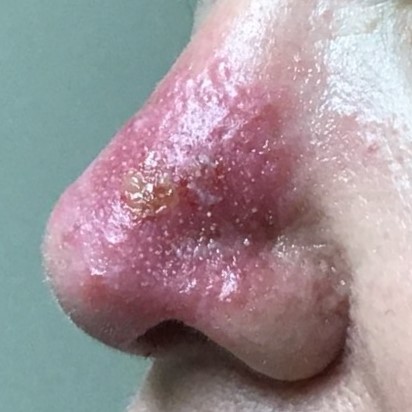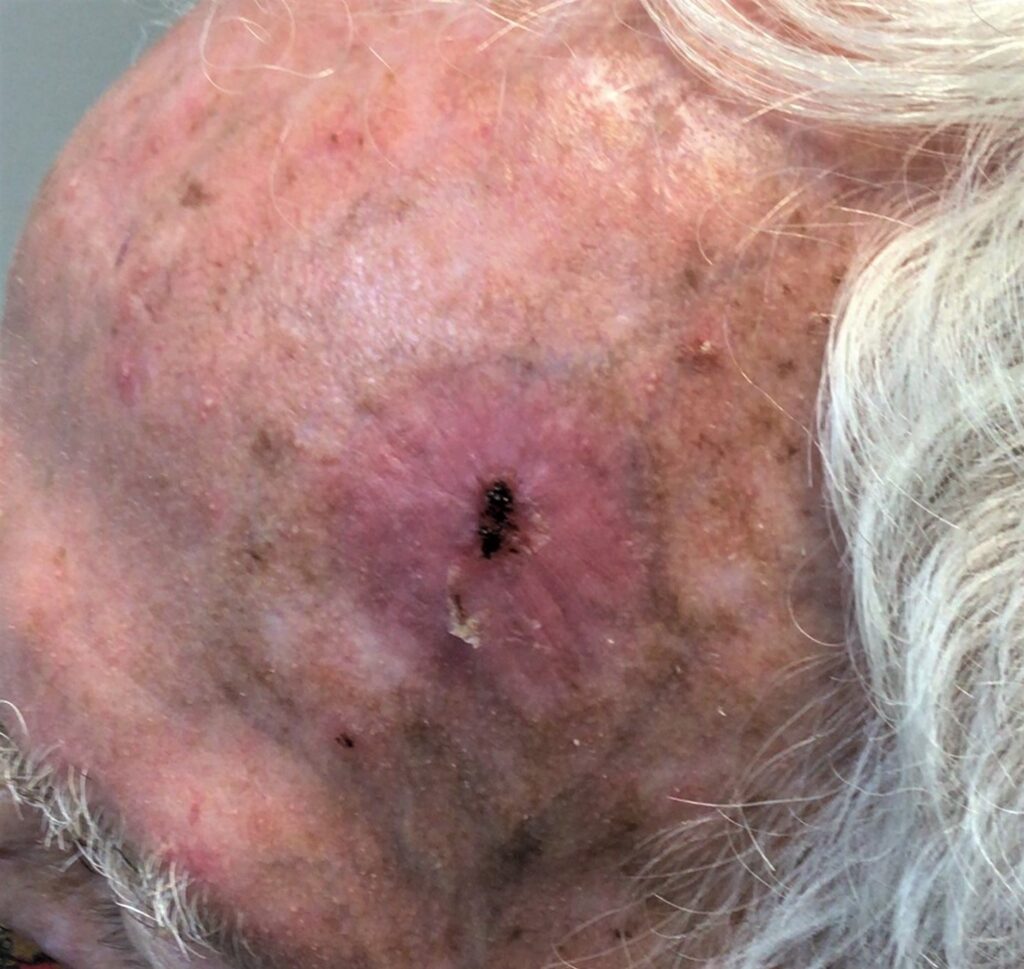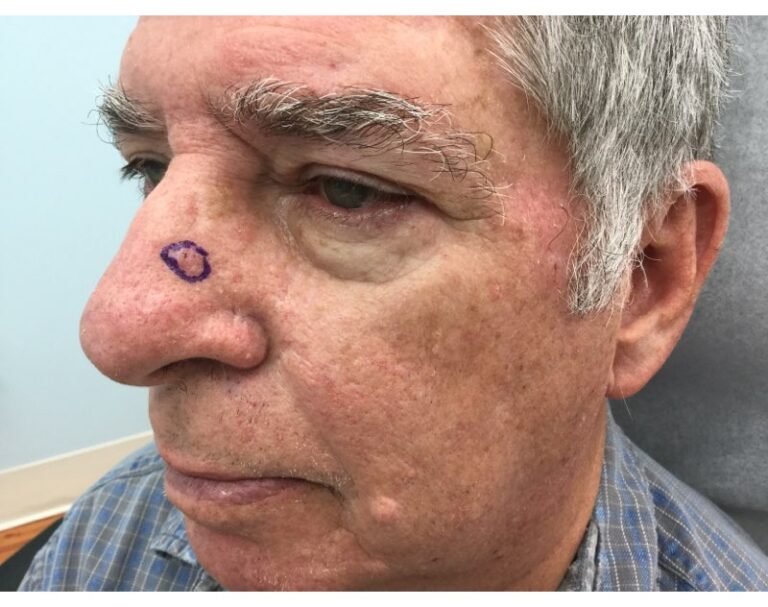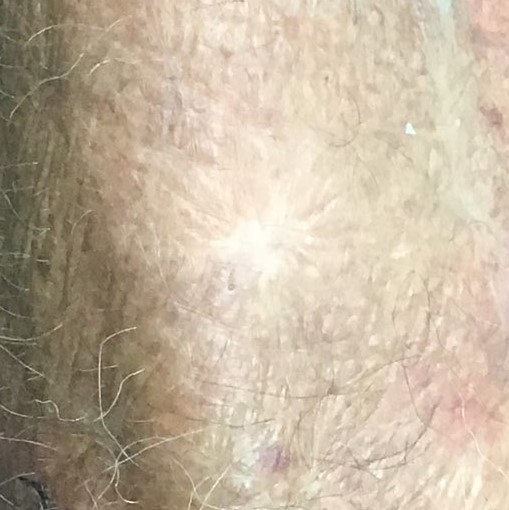
Can skin cancer spread? Yes, it certainly can. However, basal and squamous cell skin cancers aren’t very likely to spread, while some types of skin cancer are more likely to spread than others. Keeping track of changes to your skin’s appearance and scheduling annual check-ups with your dermatologist can help to prevent the spread of the most common skin cancers, but if you still have questions, read on to learn more about the risks, signs, and symptoms of metastatic skin cancer.
What Is Metastatic Skin Cancer?
Metastatic skin cancer is any kind of skin cancer that has spread from the skin to other organs and tissues. Melanoma is the rarest type of skin cancer, but it’s also the most likely to metastasize. It can also appear on parts of the body that are not normally exposed to skin cancer.
Basal cell skin cancer and squamous cell skin cancer are more common forms of skin cancer, but these cancers are not very likely to spread. However, it’s worth noting that squamous cell skin cancer is somewhat more likely to spread than basal cell skin cancer.
All three types of skin cancer are most likely to spread by coming into contact with the lymph nodes, and spreading to other parts of the body from there.
How Fast Does Skin Cancer Grow?
You know that it’s possible for skin cancer to spread, but how fast does skin cancer grow? Here as well, the answer depends on the type of skin cancer that you’re dealing with:
- Melanoma skin cancers can become life-threatening in as little as six weeks. This fast-growing type of skin cancer needs to be addressed as soon as possible.
- Basal cell skin cancer is the slowest-growing variety of common skin cancers, and it is also the least likely to spread. However, over time, this type of skin cancer may spread to surrounding healthy skin cells. From there, it may move into other tissues and organs.
- Squamous cell skin cancer is also slow-growing, but it does tend to grow and spread more quickly than basal cell skin cancer. If it does spread, it may start by moving deeper into the lower, fatty layers of your skin.
Melanoma often looks like a mole with unstable or irregular borders; basal cell skin cancer and squamous cell skin cancer may take on a variety of appearances. Talk to your doctor and read more to determine your next steps.
Ask Your Doctor About Image-Guided SRT
Although more aggressive treatments may be needed if your doctor thinks that one or the other cancer might spread, basal cell skin cancer and squamous cell skin cancer can both be treated without surgery in many cases. Ask your doctor about Image-Guided Superficial Radiotherapy, or Image-Guided SRT, which targets cancer cells directly with radiation. While you’re here, find out how it works!








